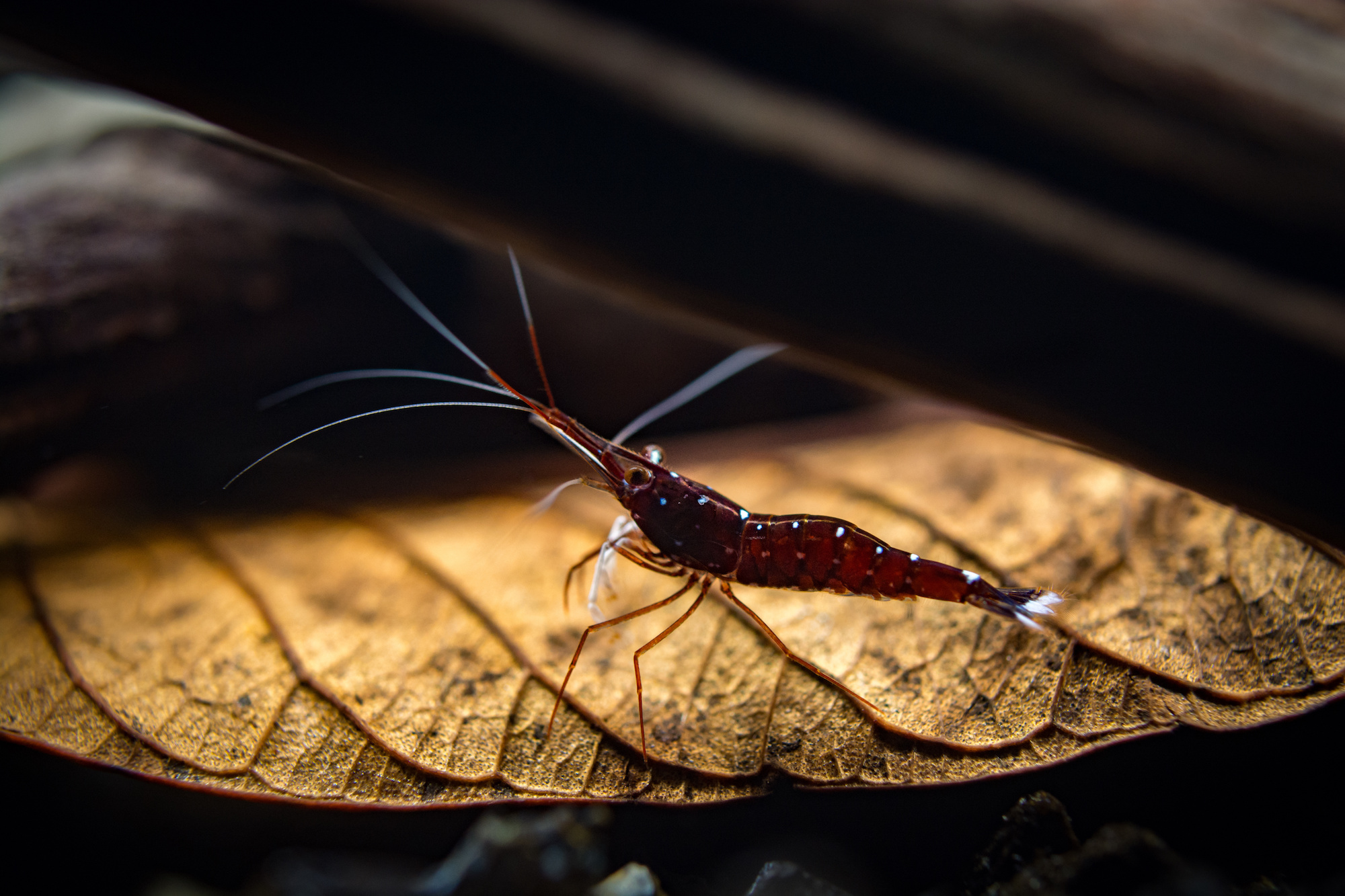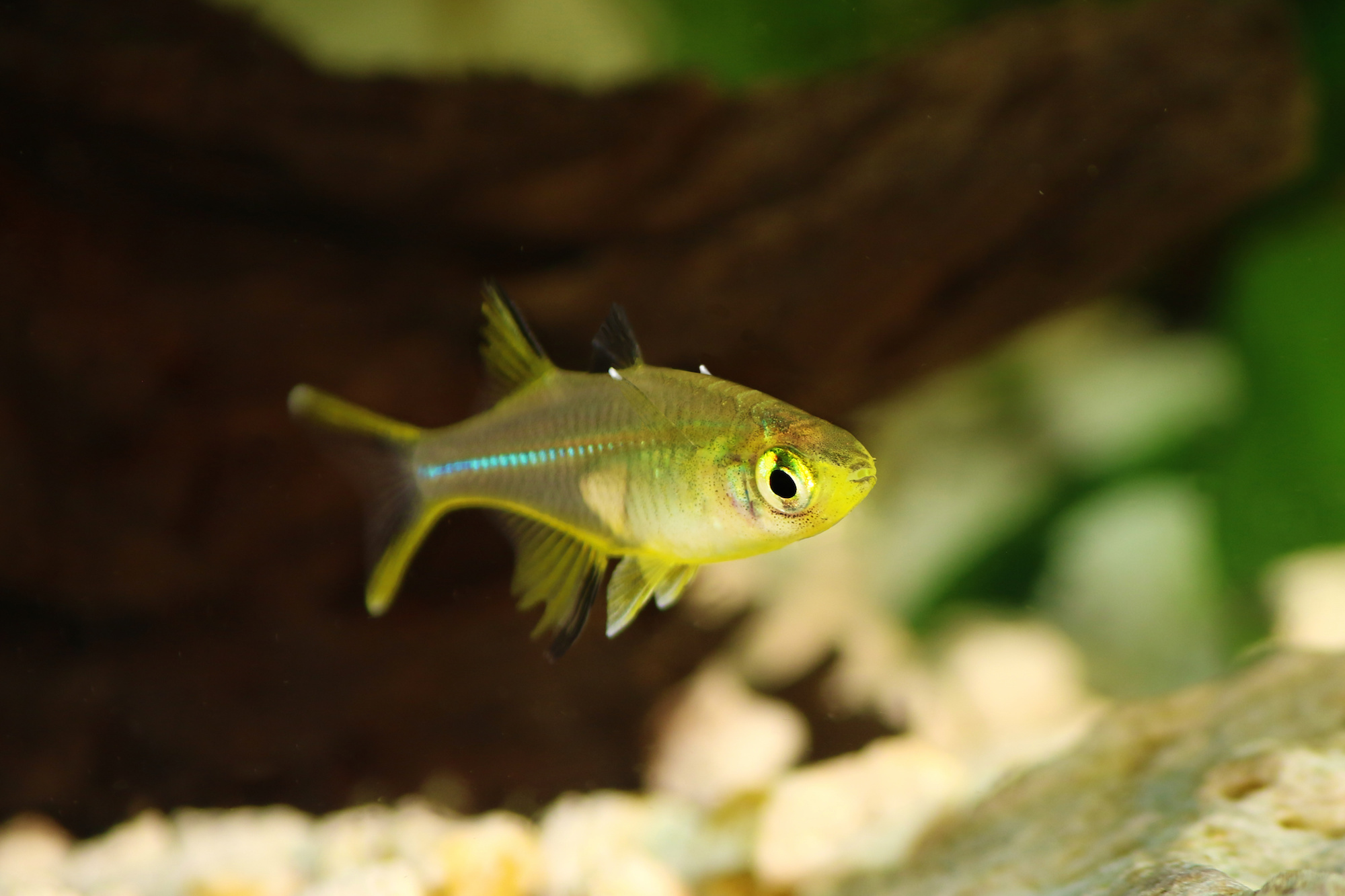Project Concept – Forming a Conservation Action Plan for Sulawesi’s Ancient Lakes
The ancient lakes of Sulawesi contain some of the most unique sets of flora and fauna for any lakes in the world. Seven lakes are the focus of this project including Poso, Lindu and the Malili lakes of Matano, Mahalona, Towuti, Wawantao and Wasapi. These lakes include more than 120 endemic fishes and invertebrates and many endemic plant species. Being highly restricted in range and specialised to the conditions of these lakes, this unique aquatic community is intrinsically under high risk. However, in recent years the level of threat has increased dramatically with increasing development in the area. Severe threats now stem from invasive species, mining, sedimentation, and collection for the aquaria trade.
Much of the past conservation work in the area has been confined to survey and research. However, conservationists have now turned to direct actions to halt the threat and allow the ecology to restore. These actions have until now been discrete and have not reduced the threat.
This project will bring together the agencies required to step up the conservation sufficiently to a scale that will allow the endemic species to survive and recover. The first step of the process is to make a clear action plan including considerations for ex-situ conservation of the most threatened species.
The Ancient Lakes of Sulawesi
Sulawesi has long been a source of fascination for those interested in the natural world. In the 19th century the expeditions of renowned biologist Alfred Wallace, one of the founding fathers of the theory of evolution, helped to put the place he referred to as “the ultimate island” on the map. During his time in Sulawesi and the other islands which lie between Borneo and New Guinea, Wallace came across more than 5,000 species new to western science, and the discovery of new species on the island of Sulawesi continues apace to this day.
Among the more recently studied species are those of the Sulawesi lakes and swamps. Of particular interest to scientists have been the Malili Lakes, and the nearby Lake Poso. These lakes were formed through tectonic activity and are estimated to be over 1 million years old. Like the island they are found in, these lakes are home to an astonishing array of species found nowhere else on Earth. In fact, it is now reported that the island has the highest percentage of endemic terrestrial animal and plant life in the world (Bramburger et al., 2008), and similarly the Malili lakes have the highest percentage of endemic species of any ancient lake system on Earth. Astonishingly, 99% of the species found in these ancient lakes are confined to them (Haffner 2013).
Freshwater life
The Malili Lakes and Lake Poso are living laboratories of evolution in action. It is not the number of species present in these systems which makes them remarkable, but rather their distinctiveness from species found anywhere else. Research has shown that within each lake entire ‘flocks’ of species have evolved by forming distinct adaptation to respond to the specific opportunities they face in each of the lakes, forging out a way to survive. For example, in just four families there are more than 100 endemics which have evolved into distinct species:
Sailfin silversides:
Sailfin silversides are a family of small fish which are known only from the Malili lakes and two small islands off Sulawesi and New Guinea. They are closely related to the rainbowfishes of Australia and are characterised by splendid male yellow and blue colourations (Von Rintelen et al., 2012). There are three currently recognised genera of sailfin silverside with 31 species endemic to the Malili Lake Complex (Haffner 2013). Research suggests the number of distinct species which have evolved is a response to the different environments and resources available within the lakes. Indeed, had Alfred Wallace taken a different path in his travels across Sulawesi school textbooks on evolution could just as easily feature Wallace’s fishes of Sulawesi rather than Darwin’s finches of the Galapagos (Herder et al., 2006).
Shrimps:
The shrimps of the Sulawesi lakes have recently attained notoriety following work to uncover new species and their subsequent popularity in the aquarium trade. The species of the Malili Lakes and Lake Poso are from the Caridina family, which is a widely distributed genus throughout the Indo-Pacific region (von Rintelen et al., 2012). The first shrimp species were described from the Malili lake system in 1937, and now 21 species are recognised from the ancient lakes of Sulawesi. Like the sailfin silversides, the shrimps of the Malili lakes show specific adaptations to different resources. For example, Cardina spongiloca of Lake Towuti is the only known instance of a sponge-dwelling shrimp species in a freshwater environment (Von Rintelen et al., 2012).
Snails:
The largest species flock of the ancient Sulawesi lakes are the freshwater snails of the genus Tylomelania, or “rabbit snails” as they are commonly known in the aquarium industry. There are approximately 75 species endemic to Sulawesi and the majority of these are known from Lake Poso and the Malili Lake system. The process of their speciation is estimated to have begun 5.4 million years ago following the formation of the island of Sulawesi (Von Rintelen et al., 2014). These snail species are atypical in that they give birth to live, shelled young.
Crabs:
There are at least 9 species of freshwater crab on Sulawesi, five present in the Malili lakes and a further four in Lake Poso and its tributaries (Cai and Ng 2006). These lake crabs tend to be larger than their river dwelling relatives and also show ecological specialisation, with different species for example exhibiting variations in pincer size – suggested to be an adaptation to different feeding behaviours (von Rintelen et al., 2012).
Species status and conservation
Until recently the endemic fauna of the Malili Lakes and Lake Poso were described as “the only more or less pristine species flocks left in Asia” (Kottelat and Whitten 1996). The same geographic and ecological isolation which had resulted in the evolution of species endemic to these lakes had for many years also guarded them from many threats.
However, this isolation also makes many of these species vulnerable to extinction as they have evolved in relatively stable conditions with few external pressures. In the last few decades as these conditions have begun to change, many of the extraordinary endemics of the Malili lakes and Lake Poso have become increasingly threatened by extinction. For example, all fourteen species of atyid shrimp assessed on the IUCN Red List from the Malili lakes are categorised as either Endangered or Critically Endangered (IUCN Red List 2019).
The principal threat to the endemic aquatic biodiversity of the lake is assessed to be the introduction of invasive alien species. One species in particular has caused significant concern after a rapid increase in its population in Lake Matano since 2005. The flowerhorn cichlid is a hybrid fish generated for the ornamental trade (Hilgers et al., 2018) and following its introduction into Lake Matano it has now spread to all coastal areas of this lake (Herder et al., 2012). Recent investigations have shown that in Lake Matano, the cichlid population poses a significant threat to endemic fishes and invertebrates as a result of predation pressure (Hilgers et al., 2018).
There are also concerns about other non-native species which either have already reached the lakes or could reach them in the future. Herder et al., (2012) report that between 2000 and 2010 fourteen invasive fish species were recorded in the Malili lakes basin. Meanwhile, in Lake Poso the presence of invasive species has been theorised as a potential driver behind the decline of native species such as the duck-billed buntingi.
Other important developments affecting the lacustrine environment include potential overexploitation of some native fish species through commercial fisheries (Herder et al., 2012, see Parenti and Soeroto 2004) and overexploitation of some of the lakes more charismatic fauna. In particular, the shrimps and snails of the lakes with their kaleidoscopic colouration and unique adaptations have proven very popular. This resulted in somewhat of a ‘gold rush’ for these species (von RIntelen et al., 2012), and a new permit system has now been introduced to mitigate this threat and try to ensure a sustainable trade.
Finally, the Malili Lakes have also been impacted by the development of mining for nickel within their watershed, although the appreciable efforts have been taken to reduce its impact on the lakes water quality. Associated with the development of the region is also the construction of dams for power supply, for example a third dam was recently constructed on the River Larona. Similar impacts are also present at Lake Poso, with a dam constructed on the Poso River just above the Sulewana Rapids, an important hotspot for endemic species.
References
Bramburger A, Hamilton P.B, Haffner G.D, 2008, Processes regulating community composition and relative abundance of taxa in the diatom communities of the Malili Lakes, Sulawesi Island, Indonesia, Hydrobiologia, Vol.615, pp.215-224
Chia O.K.S and Ng P.K.L, 2006, The Freshwater Crabs of Sulawesi, With Descriptions of Two New Genera and Four New Species (Crustacea: Decapoda: Brachyura: Parathelpusidae), The Raffles Bulletin of Zoology, Vol.54, No.2, pp.381-428
Giesen W, Baltzer M, Baraudi R, 1991, Integrating Conservation with Land-Use Development in Wetlands of South Sulawesi, Indonesia, PHPA/AWB, Bogor, 240pp.
Haffner D, 2013, ‘Wallace’s Dream Ponds’ The Malili Lakes of Sulawesi Island, United Nations University Nations University Institute for Water, Environment and Health, Another Drop Seminar Series, September 10th 2013, Accessed 03.01.19 https://www.youtube.com/watch?v=mIykBHs4dkc
Herder F, Nolte A.W, Pfaender J, Schwarzer J, Hadiaty R.K, Ulrich K.S, 2006, Adaptive radiation and hybridisation in Wallace’s Dreamponds: evidence from sailfin silversides in the Malili Lakes of Sulawesi, Proceedings. Biological Sciences, Vol.273, No.1598, pp.2209-2217
Herder F, Schwarzer J, Pfaender J, Hadiaty R.K, Schliewen U.K, 2006, Preliminary checklist of sailfin silversides (Teleostei: Telmatherinidae) in the Malili Lakes of Sulawesi (Indonesia), with a synopsis of systematics and threats, Verbandlungen der Gesellschaft für Icthyologie Band 5, 2006, 139-163
Herder F, Schliewen U.K, Geiger M.F, Hadiaty R.K, Gray S.M, McKinnon J.S, Walter R.P, Pfaender J, 2012, Alien invasions in Wallace’s Dreamponds: records of the hybridogenic “flowerhorn” cichlid in Lake Matano, with an annotated checklist of fish species introduced to the Malili Lakes system in Sulawesi, Aquatic Invasions, Vol.7, Issue 4, pp.521-535
Hilgers L, Herder F, Hadiaty R.K, Pfaender J, 2018, Alien Attack: Trophic interactions of flowerhorn cichlids with endemics of ancient Lake Matano (Sulawesi, Indonesia), Evolutionary Ecology Research, Vol. 19, (2018)
IUCN, 2019, The IUCN Red List of Threatened Species, Version 2018-2, Accessed 06.01.19 www.iucnredlist.org
Kottelat M and Whitten T, 1996, Freshwater Biodiversity in Asia: With Special Reference to Fish, World Bank Technical Paper No.343, The World Bank, Washington DC
Parenti L.R and Soeroto B, 2004, Adrianicthys roseni and Oryzias nebulosus, two new ricefishes from Lake Poso, Sulawesi, Indonesia, Ichthyological Research, Vol.51, pp.10-19
Von Rintelen T Von Rintelen K, Glaubercht M, Schubart C, Herder F, 2012, Aquatic biodiversity hotspots in Wallacea: The species flocks in the ancient lakes of Sulawesi, Indonesia, eds. Gower D, Johnson K, Richardson J, Rosen B, Rüber L, Williams S, 2012, Biotic Evolution and Environmental Change in Southeast Asia, pp.290-315, Cambridge University Press
Von Rintelen T, Stelbrink B, Marwoto R.M, Glaubrecht M, 2014, A Snail Perspective on the Biogeography of Sulawesi, Indonesia: Origin and Inter-Island Dispersal of the Viviparous Freshwater Gastropod Tylomelania, PLOS ONE, Vol.9, No.6: e98917


